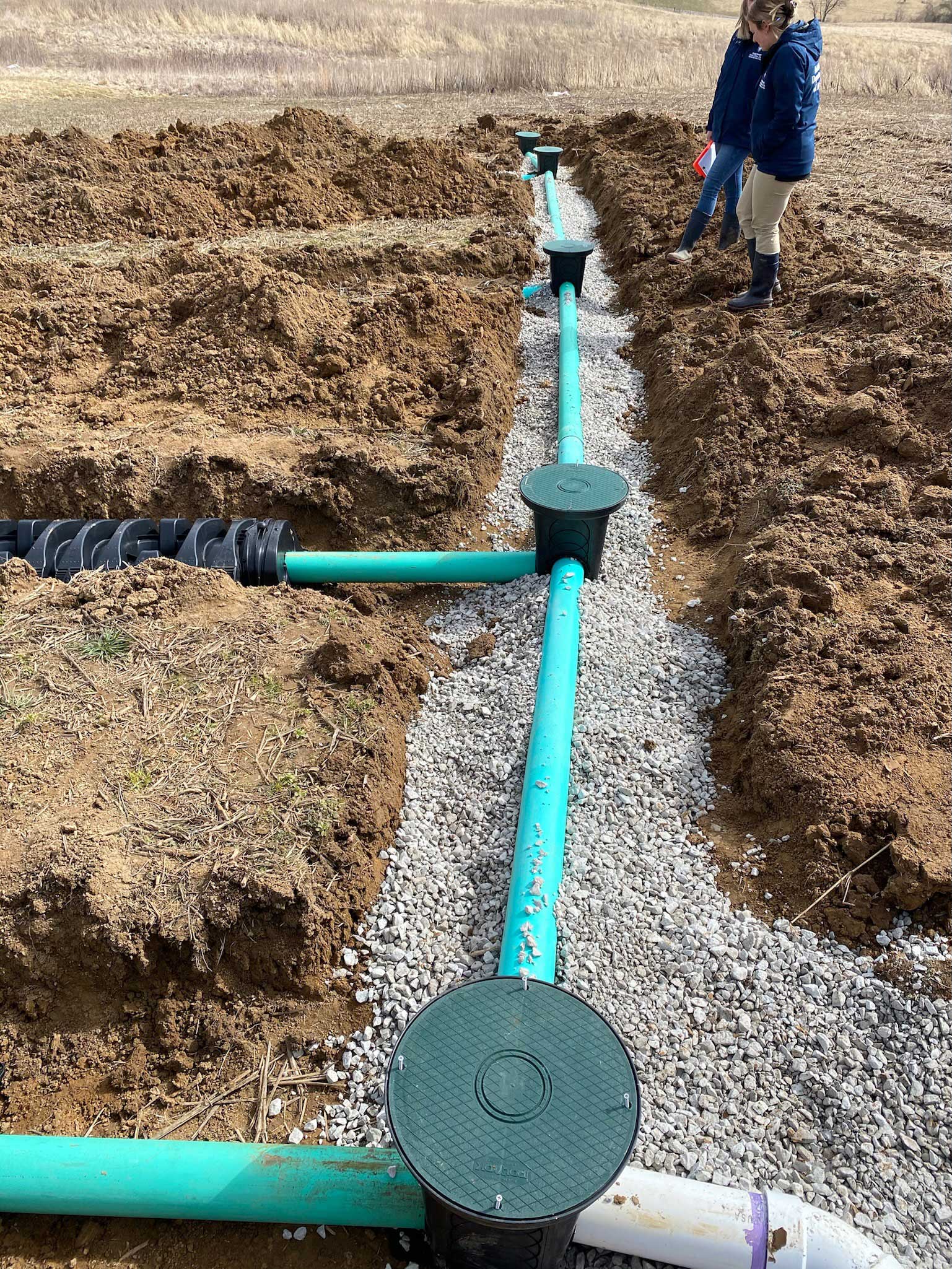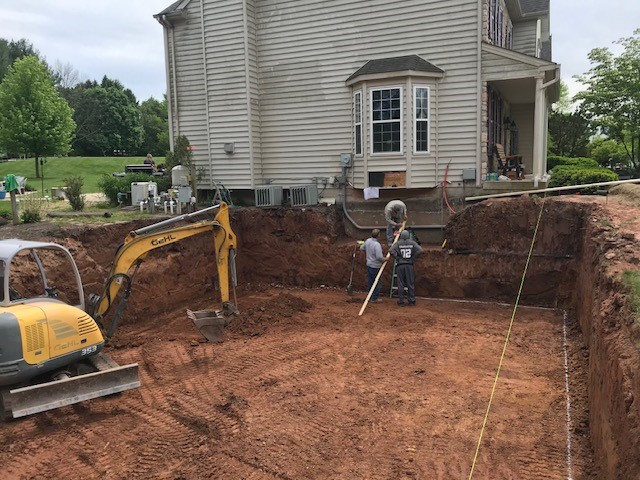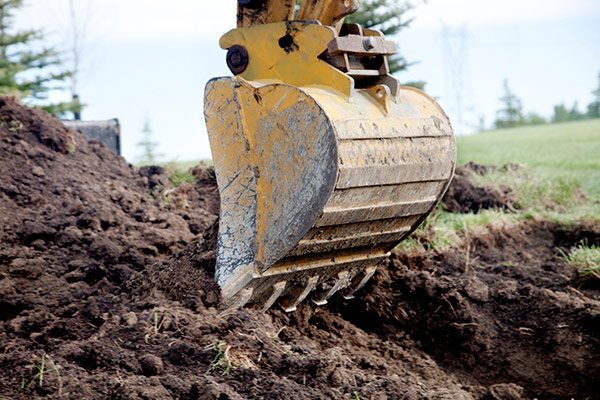Comprehensive Exploration: The Scientific Research Behind Superior Excavation Practices
The world of excavation methods is a domain where science intertwines with workmanship to unearth the mysteries hidden under the earth's surface area. From ancient hand devices to modern-day hydraulic excavators, the development of excavation techniques has been a testimony to human ingenuity and technological innovations. However, what truly sets exceptional excavation methods apart is a deep understanding of geological concepts, combined with the use of sophisticated devices and methodologies. By exploring the science behind these methods, we can discover the tricks that exist under our feet and appreciate the precision and expertise that go into every dig.
Development of Excavation Techniques
Throughout background, the development of excavation techniques has actually played a critical function in advancing construction techniques and archaeological discoveries. From the primary tools used by our forefathers to the sophisticated equipment employed in modern-day times, the progression of excavation methods has actually considerably changed exactly how we come close to numerous projects.
In old times, hands-on labor with basic devices such as shovels, wheelbarrows, and pickaxes was the key technique of excavation. This labor-intensive process restricted the depth and extent of excavations, commonly leading to slow-moving development and restricted accessibility to specific websites. As civilizations progressed, so did the techniques and tools used for excavation.
The Industrial Transformation noted a transforming point in excavation practices with the introduction of steam-powered machinery. In contemporary times, modern technology plays a crucial role in excavation, with developments like GPS systems, drones, and 3D scanning improving accuracy and efficiency in the field.
Role of Innovation in Excavation

The integration of cutting-edge technology has actually fundamentally changed the field of excavation, enhancing accuracy and efficiency to extraordinary degrees. One of the essential technical developments that has dramatically influenced excavation methods is the usage of general practitioner systems. These systems enable accurate mapping of excavation sites, making it possible for drivers to accurately situate below ground utilities and frameworks. Furthermore, using telematics in excavation tools has actually enabled real-time monitoring of equipment efficiency, resulting in proactive upkeep and enhanced operational productivity.
Moreover, the arrival of 3D modeling and simulation software application has structured the planning procedure for excavation projects. Engineers and drivers can currently imagine the whole excavation process before beginning, optimizing and recognizing prospective challenges operations. Together with this, the execution of drones in excavation tasks has promoted airborne studies, volumetric measurements, and site evaluations with unequaled rate and precision.
Geological Concepts in Excavation
An understanding of geological principles is vital for making sure the architectural honesty and security of excavation websites. Geological variables play an important function in figuring out the usefulness and safety and security of excavation tasks (lancaster trenching). One crucial geological concept to think about is the sort of dirt or rock existing at the website. Various dirt kinds, such as clay, crushed rock, see here or sand, have varying levels of stability and need various excavation techniques. Cohesive dirts like clay might need additional support to protect against collapses, while sandy dirts may be susceptible to erosion throughout excavation.
By conducting detailed geological studies and analysis, designers and excavators can create approaches to reduce dangers and make sure the successful conclusion of excavation jobs. Inevitably, incorporating Web Site geological principles right into excavation techniques is important for attaining secure, efficient, and sustainable outcomes.

Newest Tools for Excavation
In the realm of excavation methods, contemporary advancements in tools have reinvented the effectiveness and accuracy of excavation procedures. Among the current devices making waves in the sector is making use of drones outfitted with advanced imaging modern technology. These drones can give detailed aerial studies of excavation websites, supplying real-time data on topography and potential hazards. This information aids in far better preparation and decision-making during the excavation process.
Another cutting-edge device acquiring appeal is the application of 3D printing innovation for creating personalized excavation devices. This enables the manufacturing of specialized tools that are customized to the certain demands of a project, boosting efficiency and reducing downtime.
In addition, improvements in materials science have actually resulted in the development of more powerful and a lot more long lasting excavation tools. lancaster trenching. Tungsten carbide-tipped excavator attachments, as an example, offer remarkable efficiency in difficult ground problems, improving productivity on-site
Scientific research's Impact on Excavation Practices

Additionally, clinical research study on dirt mechanics and geotechnical design has given useful insights right into soil behavior, enabling excavation experts to make informed choices concerning excavation approaches and soil stablizing methods. Overall, science proceeds to drive advancement and improvement in excavation techniques, making excavation projects extra reliable, cost-efficient, and lasting.

Final Thought
In conclusion, the development of excavation techniques has actually been greatly affected by innovations in innovation and a much deeper understanding of geological concepts. The current tools and equipment used in excavation have boosted performance and accuracy in the field. The application of clinical expertise has considerably enhanced excavation techniques, causing much more sustainable and effective approaches for excavating numerous kinds of materials.
In the realm of excavation practices, contemporary innovations in tools have actually changed the performance and accuracy of excavation processes. By leveraging scientific principles, the excavation sector has actually been able to dramatically enhance effectiveness, accuracy, and safety in excavation processes. GPR permits excavation groups to non-invasively scan and map subsurface structures, utilities, and possible risks, enabling them to plan excavation tasks with better precision and decreased risk of accidents.
In addition, clinical study on soil mechanics and geotechnical design has actually supplied important insights into dirt habits, enabling excavation professionals to make enlightened choices relating to excavation techniques and soil stabilization techniques. Overall, scientific research proceeds to drive innovation and renovation in excavation methods, making excavation projects much more efficient, economical, and sustainable.